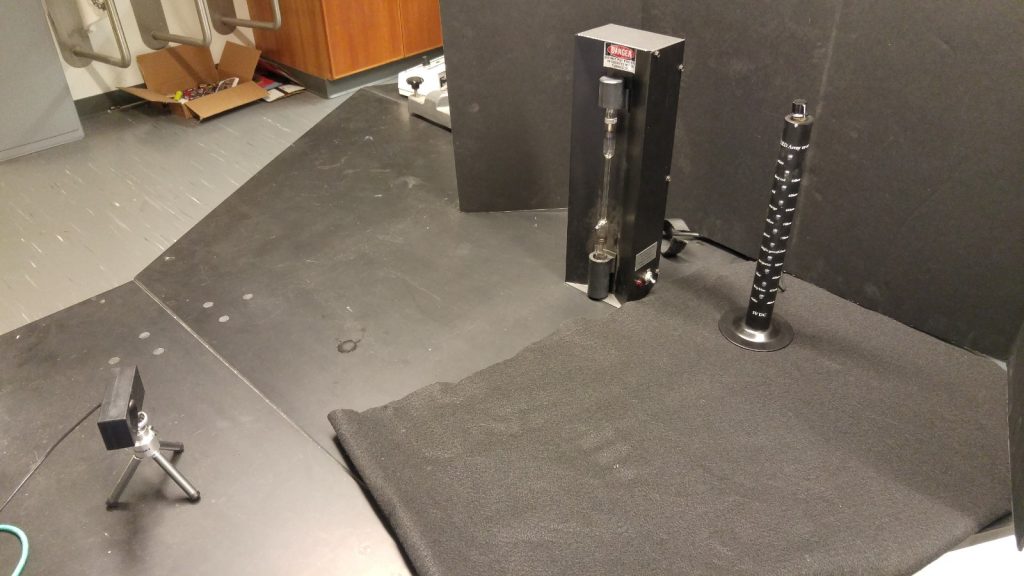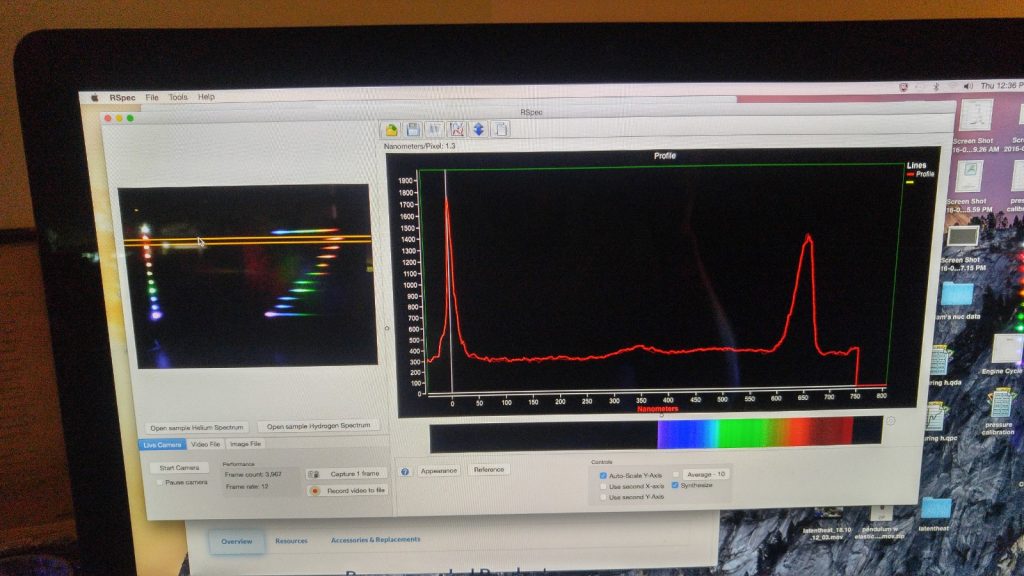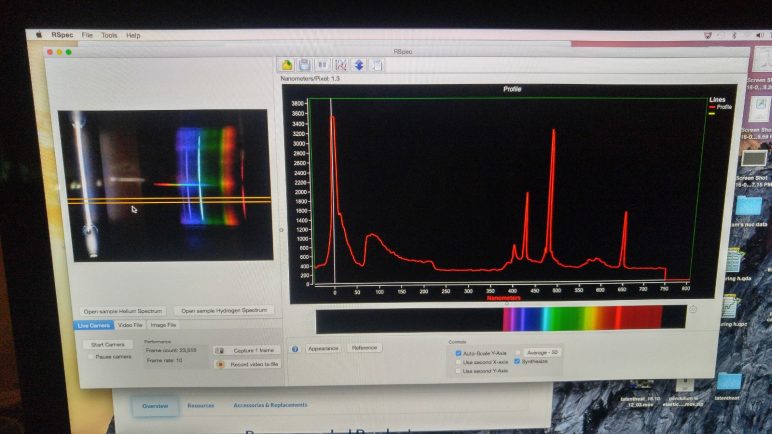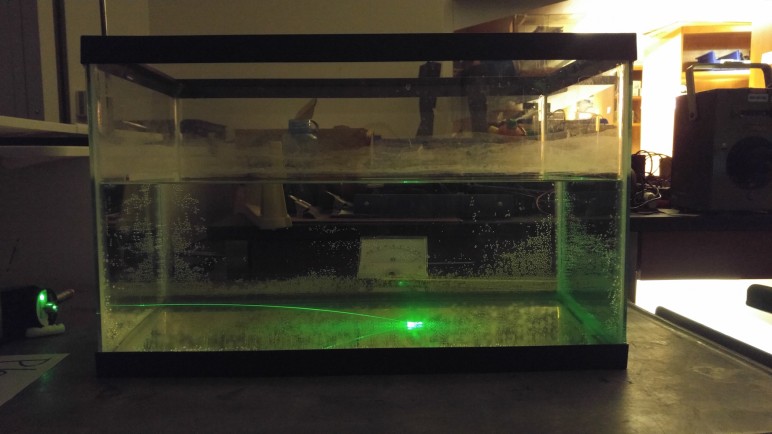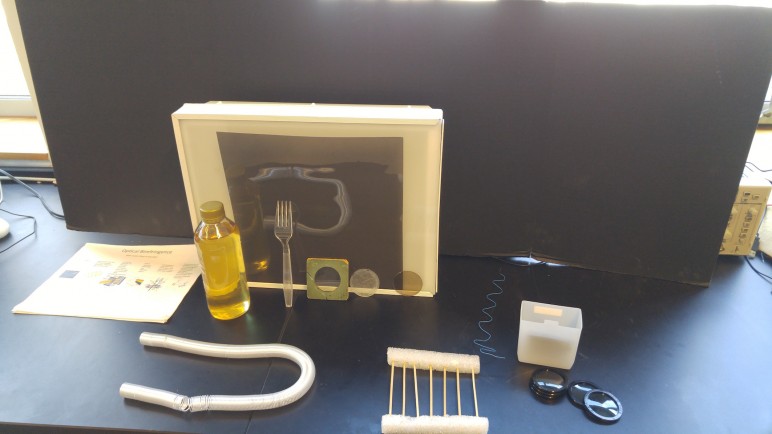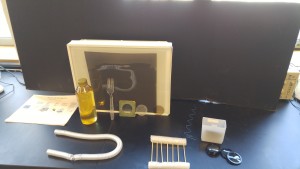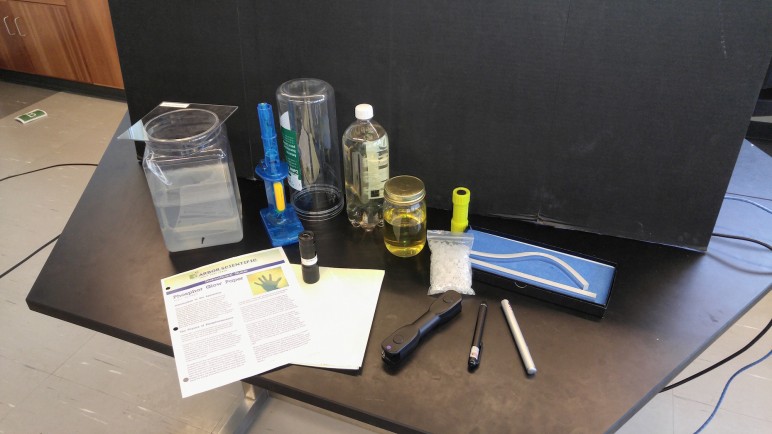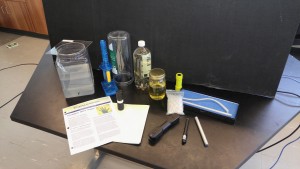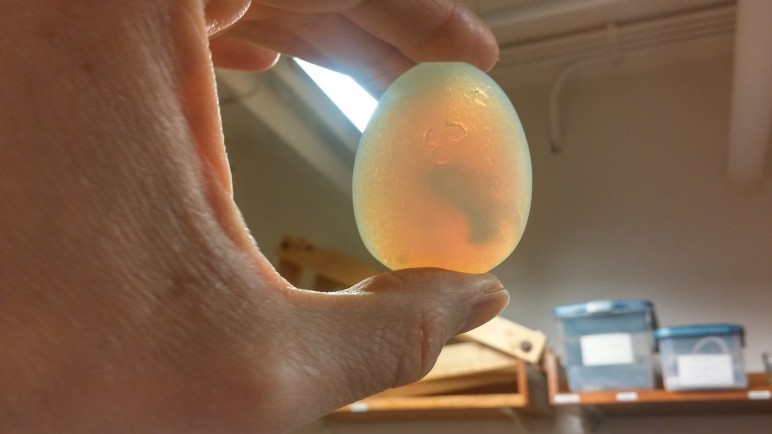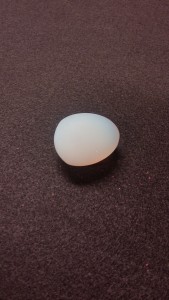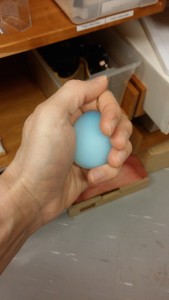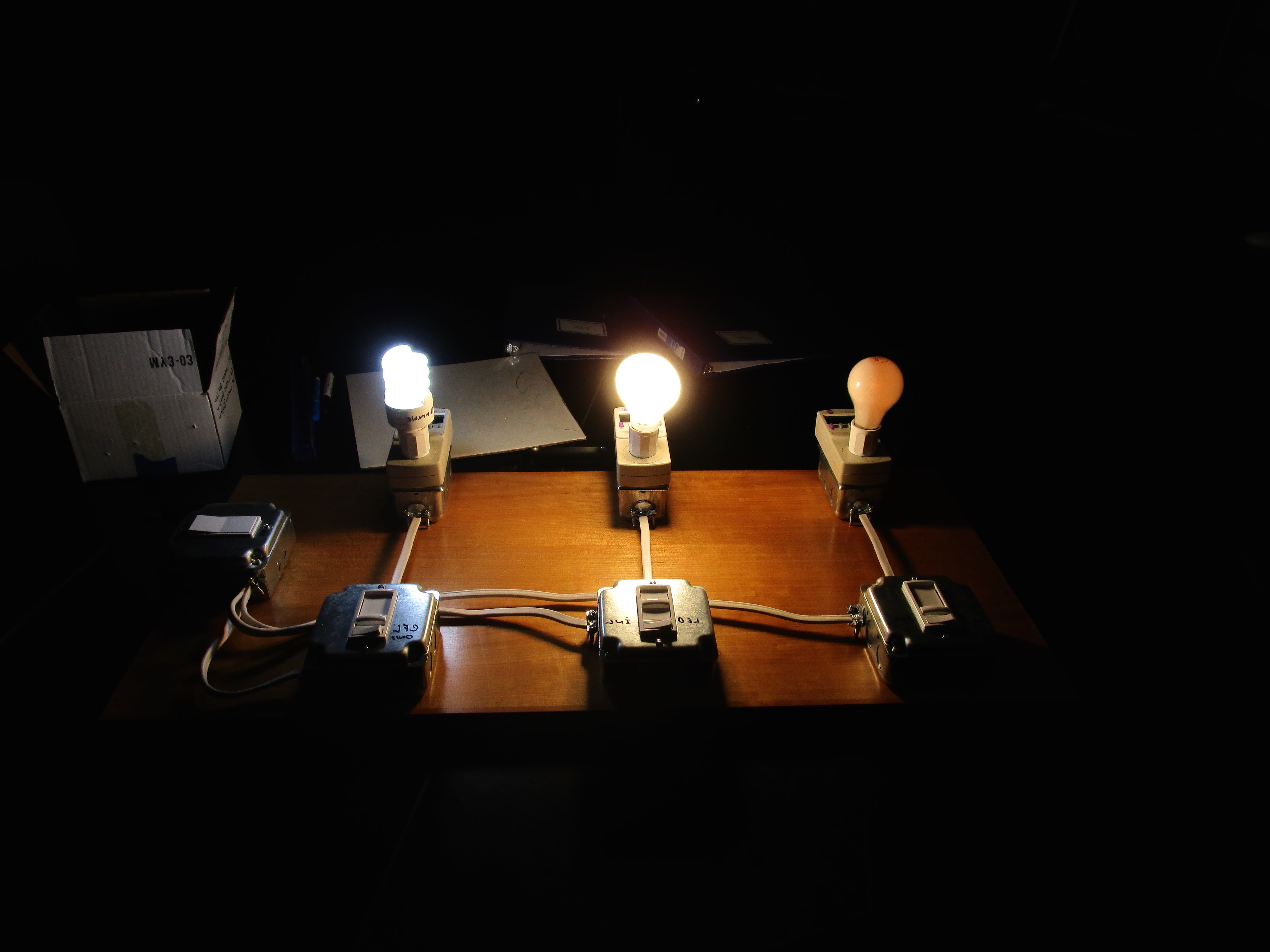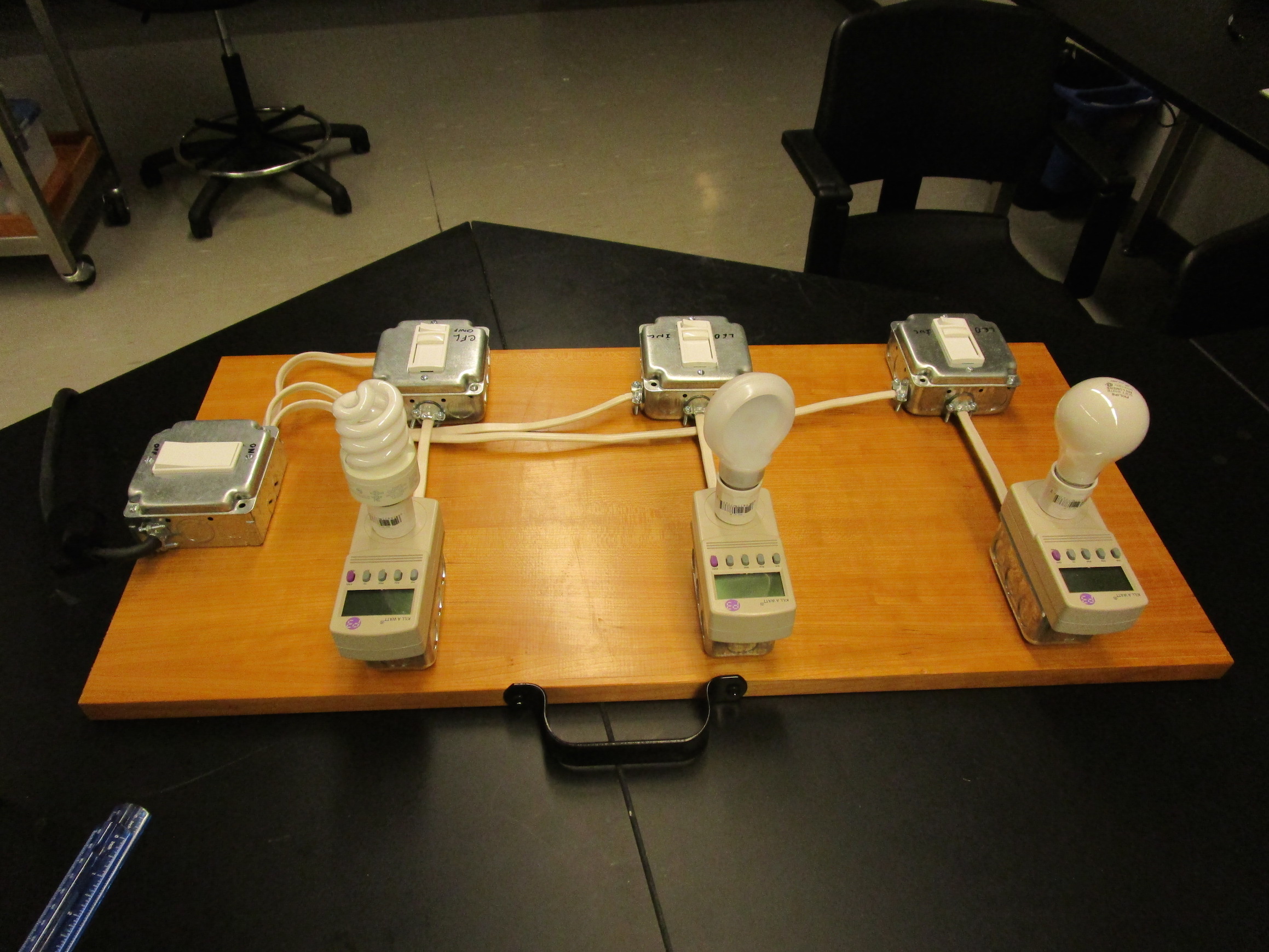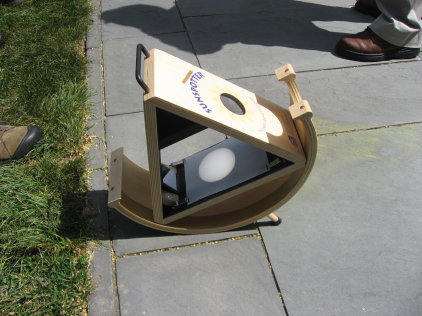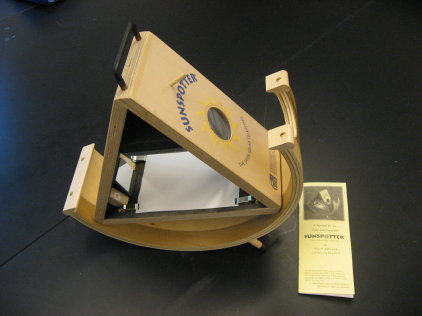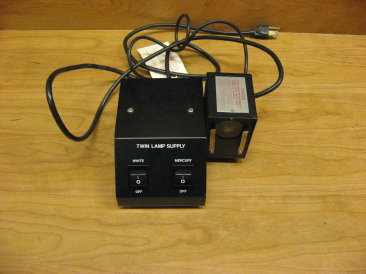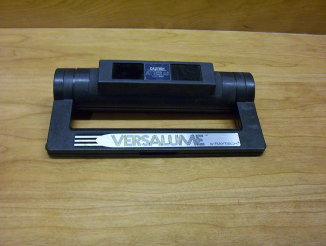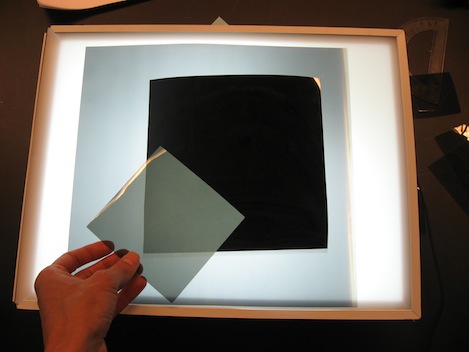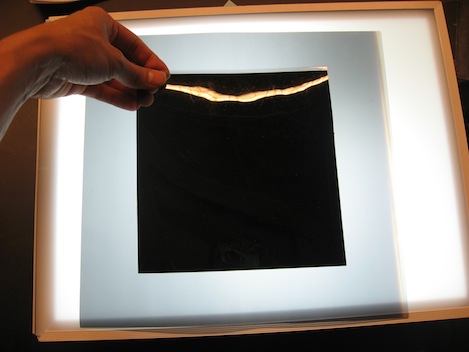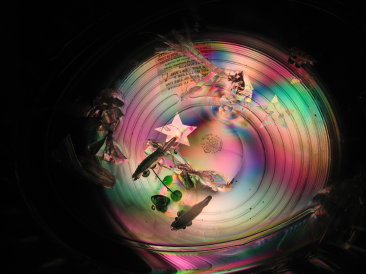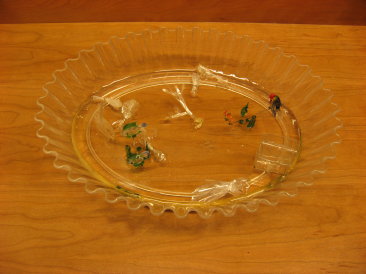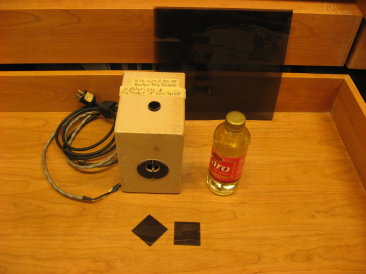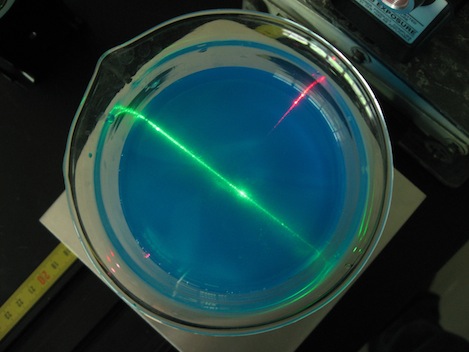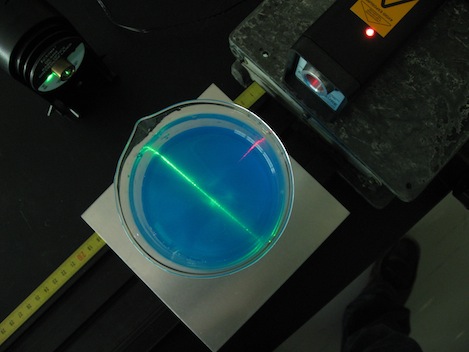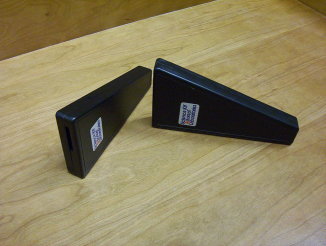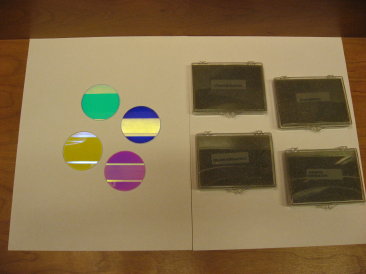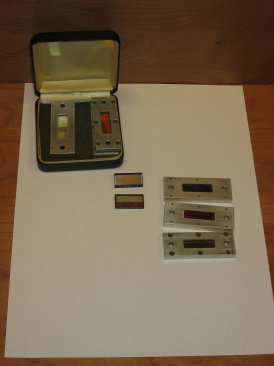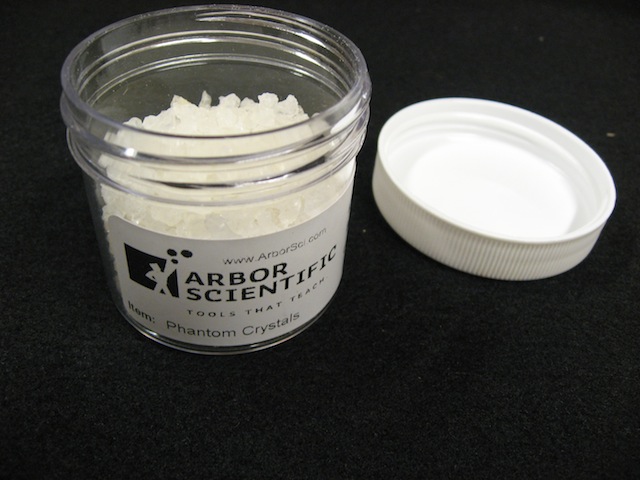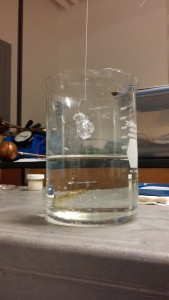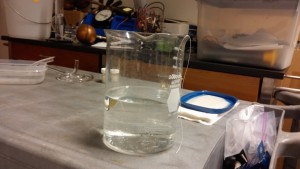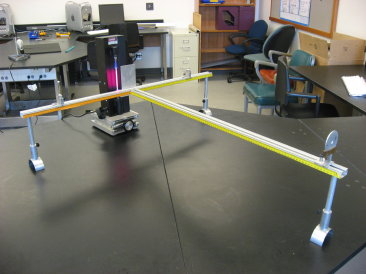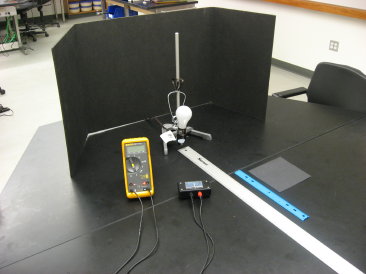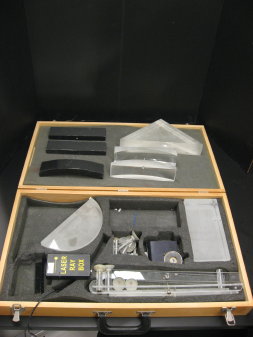
In a Big Bang universe, the shape of our past light cone is not strictly conical, but tear-drop shaped. The moment of now is located at the pinnacle of the drop, the moment of the Big-Bang is located at the very base.

To understand why our past light cone has this shape, recall that the distance from a light cone’s surface to its time axis is the photon’s emission distance. All of the photons we see today- from the very early universe- were emitted from regions of space that were, at the time, very close to us. (Spatial expansion caused these regions to separate very rapidly.) So, photons emitted very early in the universe’s history, and photons emitted very recently have small emission distances.
The slope of the light cone represents the recessional velocity of light with respect to our region of space. The fattest part of the light cone corresponds to the moment in time when the photons we are currently seeing, from the Big Bang, first began to approach us.
The model shown above is actually the light cone for a linearly expanding universe (expansion at a constant rate- i.e., recessional velocities do not change with time). The most accurate model for spatial expansion- lambda cdm- is actually very close to this in shape.
